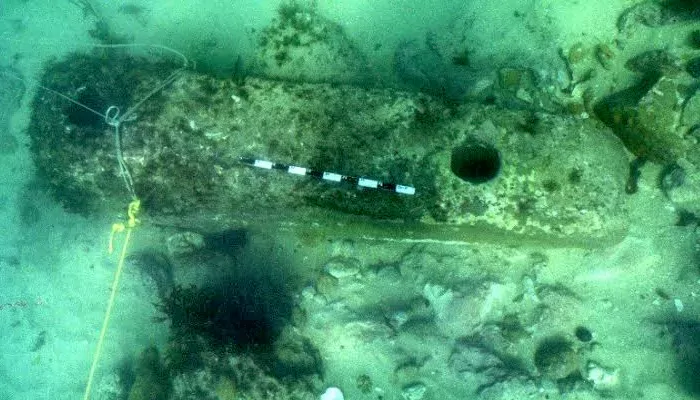
Lost beneath the waves, found in legends!
Imagine a bustling kingdom; palaces shimmering under the tropical sun, markets buzzing with chatter, temple bells echoing over turquoise waters and then one day, poof! it’s gone. No war, no invader. Just water!
India’s history has its fair share of epic battles and royal dramas, but some stories are whispered through the ocean waves. Legends tell of a land so grand that even time itself bowed to it until the sea claimed it. Welcome to the mystery of India’s Atlantis; those forgotten island kingdoms that now rest beneath the waves.
Off the coast of Gujarat lies Dwarka, believed by many to be the kingdom of Lord Krishna. Ancient texts like the Mahabharata describe it as a city of 900 palaces made of gold, silver, and other precious gems.
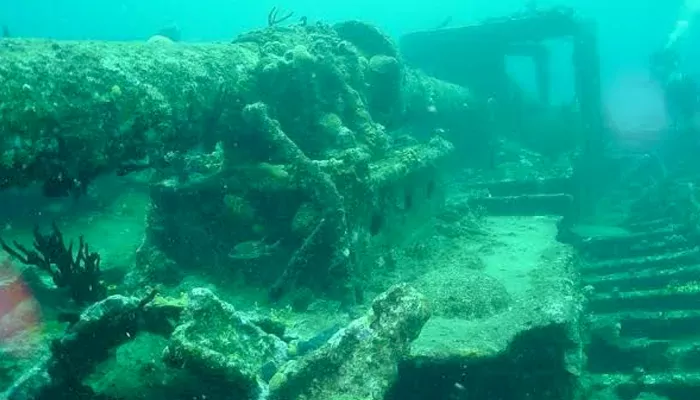
Modern marine archaeologists have actually discovered stone structures submerged off the coast, hinting at an advanced port city that once thrived. Some researchers date these ruins to over 9,000 years ago, which are older than the pyramids! While scientists debate dates, the waves keep their secrets, and the fishing boats above glide over what might have been one of India’s most sophisticated cities.
Now, people can participate in scuba diving off the Arabian Sea coast at the Panchkui beach in Gujarat, site where the ancient city of Dwarka was believed to have submerged post Lord Krishna’s demise.
Travel down south to Tamil Nadu, and you’ll hear of Poompuhar, a major Chola dynasty port city. It was once the beating heart of maritime trade, sending spices, silks, and stories across the seas.
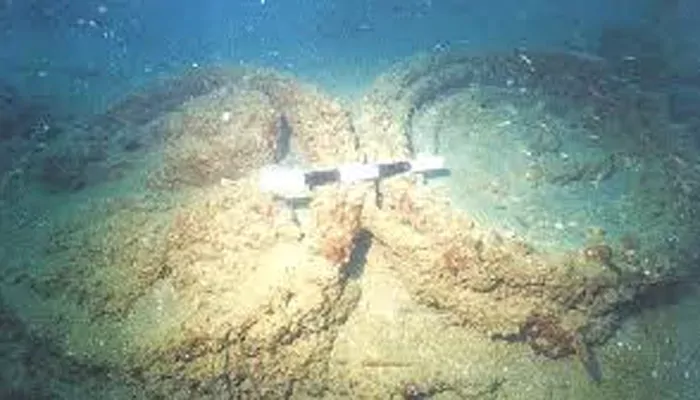
But sometime around the 5th century CE, a colossal tsunami is believed to have swept Poompuhar into the ocean. Today, divers explore its remnants, finding evidence of brick structures, pottery, and intricate city planning, proof that India’s coastal cities were engineering marvels long before modern harbors existed.
Long before tourist resorts dotted the Andaman and Nicobar Islands, these were home to thriving settlements. Oral histories among local tribes speak of villages that once stood where the sea now laps. Rising sea levels over centuries slowly swallowed them, leaving behind only folklore and the occasional shard of pottery found deep in the sands.
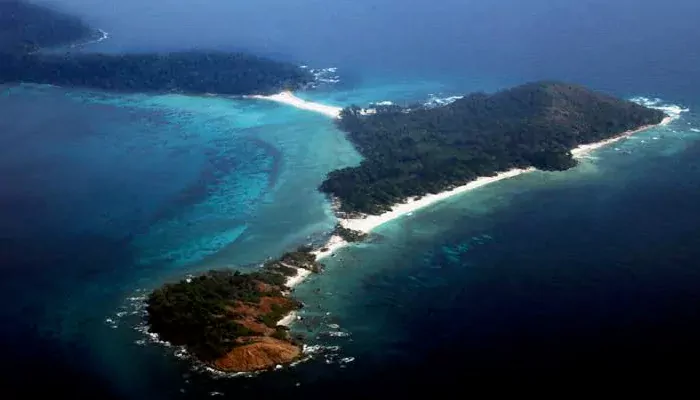
These weren’t just fishing communities; some historians suggest these island kingdoms had their own chieftains, unique architecture, and trade connections stretching to Southeast Asia. The ocean, however, had other plans.
Because they remind us that history isn’t just locked in books. It’s out there, buried under silt and coral reefs. These submerged kingdoms tell a tale of human resilience and fragility. They were rich, advanced, and confident until nature decided to rewrite the map.
Also, they quietly challenge our idea that advanced civilizations are a modern invention. If Dwarka’s dating is accurate, we’re talking about city planning and harbor engineering from a time when most of the world was still figuring out farming.
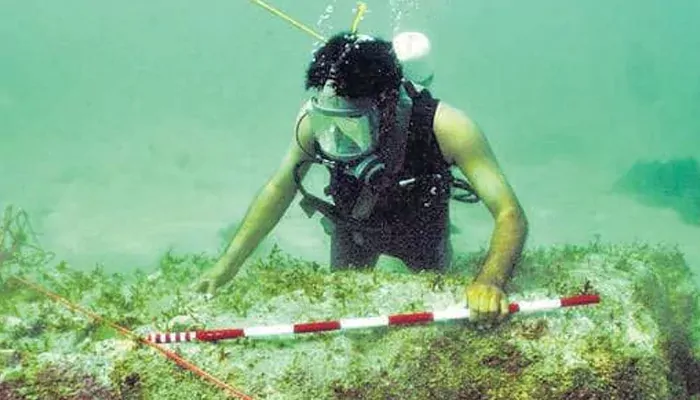
India’s coastlines still hide many secrets. Marine archaeologists, with the help of sonar mapping and deep-sea drones, are uncovering new hints every year. But for every answer, the ocean throws up more questions.
Was Dwarka real or just a poetic exaggeration? How much of Poompuhar is still buried under the sands? Were there other kingdoms that vanished without even a legend to remember them?
One thing’s for sure: exploring India’s underwater ruins is like flipping through a history book where half the pages are missing, and the rest are smudged with saltwater.
India’s Atlantis isn’t just a story about what we lost it’s about what still waits to be discovered.